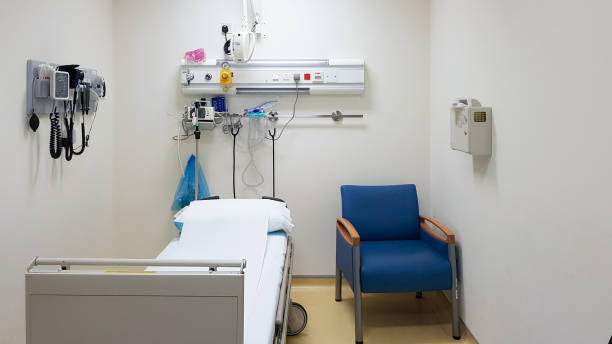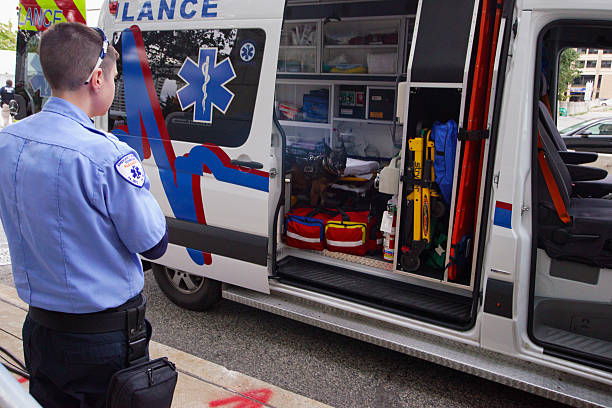Overview of Ambulatory Services
Ambulatory services, also known as outpatient services, are a range of healthcare services. That can be provided to patients who do not need to stay overnight in a hospital or other health facility. Ambulatory services are often provided in a doctor’s office, a clinic, or at a patient’s home. They can include preventive care, diagnostic tests, treatments, follow-up care, and other medical services. Overview of Ambulatory Services.
Preventive care includes health screenings, vaccinations, and check-ups. These services are designed to help identify health problems before they become serious. Diagnostic tests are used to diagnose illnesses and diseases. Treatments can range from simple medications to more involved procedures such as surgery. Follow-up care involves monitoring the patient’s progress and providing additional care as needed.
Ambulatory services are generally less costly than inpatient services because they do not require an overnight hospital stay. Additionally, patients can usually receive care in a shorter amount of time than inpatient care. Which can be beneficial for those with busy schedules.
However, there are some drawbacks to ambulatory services. Certain treatments and tests may not be available in an ambulatory setting. Some patients may have to wait longer for appointments or treatments. Additionally, some services may not be covered by health insurance, which can lead to out-of-pocket expenses.

Overall, ambulatory services provide an effective and convenient way for patients to receive care. They need it without having to stay in a hospital. They can save time and money, and they are often more convenient for patients. Patients need to discuss the pros and cons of ambulatory services with their healthcare provider. To determine if they are the right choice for them.
How Many Types Of Ambulatory Services?
There are five types of Ambulatory Services: Primary Care, Specialty Care, Diagnostic Services, Emergency Services, and Rehabilitative Services. Primary Care includes preventive care, physical exams, and management of chronic conditions. Specialty Care includes specialty physician and surgical services. Diagnostic Services include routine and specialized tests used to diagnose and monitor conditions. Emergency Services include medical attention for urgent medical issues. Rehabilitative Services include physical, occupational, and speech therapy.







